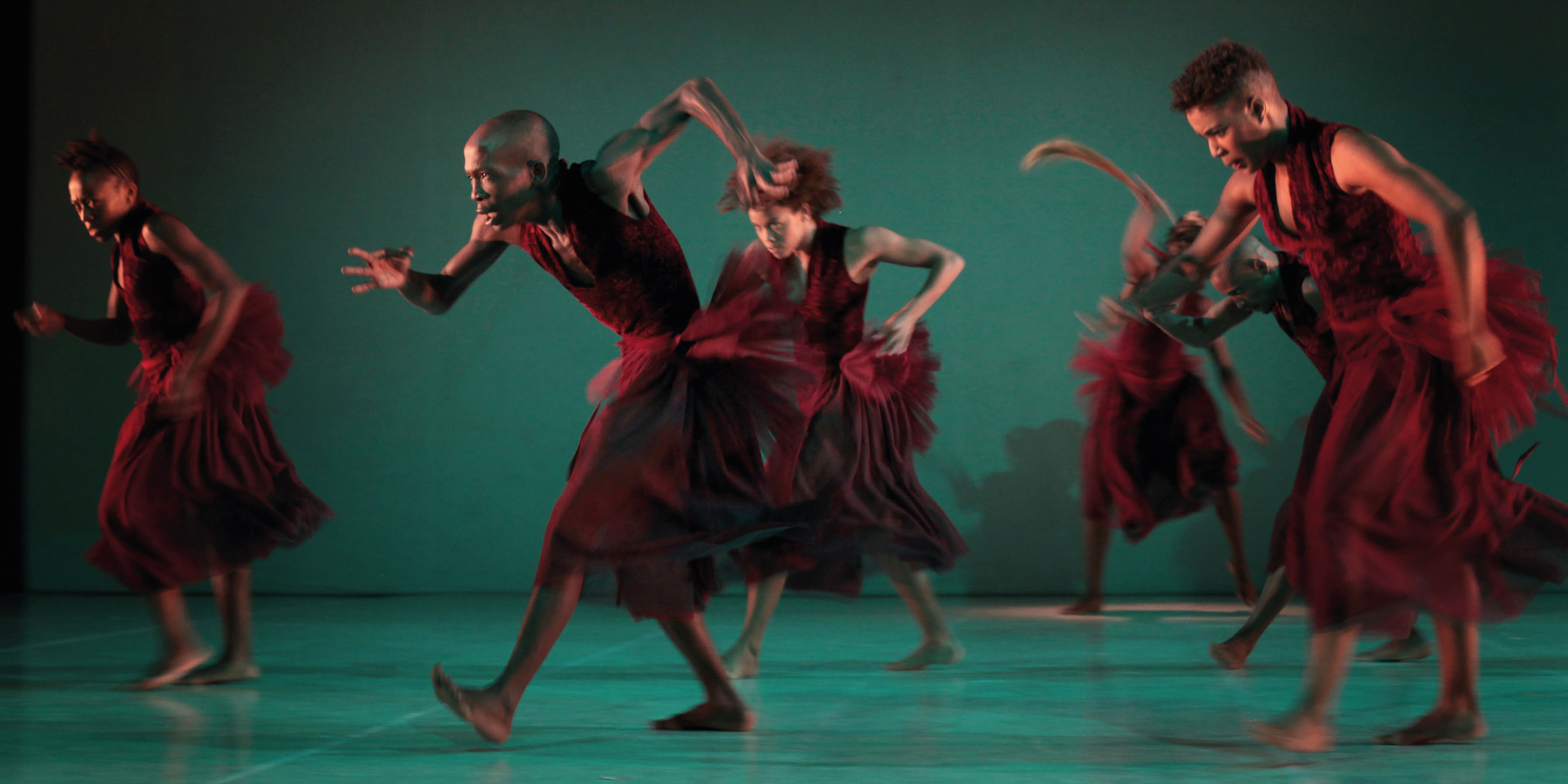
Life&Style Editor Frankie Rhodes is impressed by Masilo’s innovative adaption of the Giselle, a classic ballet from 1841
There are certain expectations that go along with the prospect of watching ballet: fluffy white tutus, elaborate scenery and pink satin pointe shoes all spring to mind. However, we never stop to question that ballet perhaps does not have to be this way, and just as our modern world is constantly reinventing itself, ballet can do the same. Dance Consortium’s production of the 1841 classic ‘Giselle’ was one that stayed close to the authentic South African roots of the company, yet in every other respect, was able to create something completely new.
The original ballet tells the tale of a young peasant girl Giselle, who dies of a broken heart after being jilted by her lover, Albrecht. What follows is an epic confrontation between Albrecht and the Wilis – supernatural female spirits- who seek revenge by forcing Albrecht to dance until he dies. Dance Consortium’s production, choreographed and fronted by Dada Masilo, took this concept and gave it new life into it, exploring the vivid social network of a South African village. With all dancers barefoot, this allowed freedom for the fusion of dances that were explored throughout the performance
The curtains opened to a village rural scene, with villagers lounging by a watering hole, exchanging remarks as they snatched a quick break beneath parasols. Subtle modern references throughout the performance, such as a magazine or a bottle of cider, reminded the audience that this is not a village trapped in the past, and can be thought of as resembling our current times. Before the first dance had even begun, vocalised exclamations between the villagers invited the audience into the community, to share both their suffering and joy. And when the dance did begin, it was beautifully in sync, yet with room allowed for each dancer to bring their own individual flair.
With all dancers barefoot, this allowed freedom for the fusion of dances that were explored throughout the performance, spanning contemporary, classical and a range of African dance traditions, particularly the Tswana of South Africa’s North West Province. It was notable also that characters adapted the dance forms to their particular role in the play- the regal masters of the village following more classical motifs, while the villagers adopted a freer, more authentic style.
Amongst all this was the enigmatic Giselle, who moved at times like a frightened child, and at others like a newly liberated lover. Taking a shockingly raw path, Masilo performed a couple of the scenes stripped down to her waist, as she struggled to avoid the clutches of desirous male dancers. However, Masilo denies that any themes of the play were inspired by the likes of the #MeToo movement, and argues that she simply wanted her production to reflect real human experiences, and inspire a full spectrum of emotions from the audience.
This focus on the real was certainly evident through her depiction of the Wilis, who are typically presented in classical ballet as fragile, ghost-like feminine creatures. The Wilis of this production were bold, gender-neutral and furious, clad in flaming red dresses. Masilo also brought in the use of a flour whisk, a tool associated with South African healers, which was wielded by the Queen of the Wilis, and was expertly incorporated into the dance. The Wilis of this production were bold, gender-neutral and furious
The victim of the Wilis’ wrath is of course Albrecht, who Kyle Rossouw portrayed with a perfect regality, melting into moments of lust for Giselle. His on-stage rejection of her was heartbreaking, particularly as it occurred in the company of the rest of the peasant workers, whose whispered reactions added to the shame felt by the jilted lover.
Using an intricate, exciting track composed by Philip Miller, the production was able to fuse South African beats, snatches of dialogue and classical scores. That being said, if there was one thing that I missed about the experience of a classical ballet, it was the sense of a live orchestra. Having the music blasted from speakers gave it somewhat of an artificial quality, despite the originality of the soundtrack.
Dance Consortium’s Giselle is undoubtedly a ballet for today, if that is, we need to even call it a ballet at all. It went beyond the confines of classical costume, dance style and plot, to create something that lives and breathes emotion. Now continuing its tour across the country, this show is an unmissable opportunity for anybody who wants to experience dance and drama in a way that they never have before.
Comments